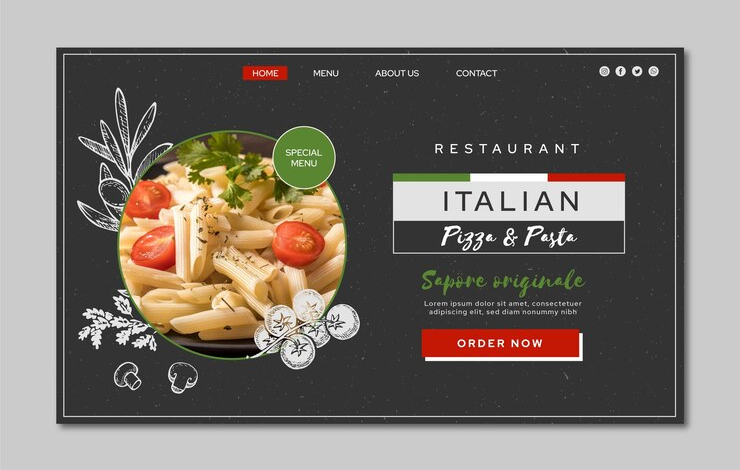A Celebration of Flavorful Ingredients and Their Health Benefits

Health: Italian cuisine is a symphony of simplicity and flavor. Fresh, high-quality ingredients are the foundation of every delicious dish. Beyond the culinary delights, many of these ingredients boast impressive health benefits. This article explores the top ingredients in Italian cuisine , along with their nutritional value and how they contribute to the overall healthfulness of the Mediterranean diet.
The Trinity of Italian Flavor
These three ingredients form the backbone of countless Italian dishes, and each offers a unique set of benefits:
- Olive Oil: Extra virgin olive oil, a staple in Italian cooking, is a rich source of heart-healthy monounsaturated fats. Studies suggest it can help reduce inflammation, lower bad cholesterol (LDL), and improve blood sugar control.
- Tomatoes: A quintessential Italian ingredient, tomatoes are packed with the antioxidant lycopene, linked to a reduced risk of certain cancers and heart disease. Tomatoes are also a good source of vitamins A and C, essential for a healthy immune system.
- Garlic: Aromatic and flavorful, garlic adds depth to Italian dishes. Garlic contains allicin, a compound with potential health benefits like lowering blood pressure and boosting the immune system.
Fresh Herbs and Vegetables: Bursting with Flavor and Nutrients
Italian cuisine celebrates the vibrant world of fresh herbs and vegetables:
- Basil: The fragrant king of Italian herbs, basil is not just delicious but also contains antioxidants and anti-inflammatory properties.
- Oregano: This robust herb boasts immune-boosting properties and may offer natural antibacterial effects.
- Leafy Greens: From spinach to arugula, italian cuisine incorporates various leafy greens rich in vitamins, minerals, and fiber, all crucial for a balanced diet.
- Eggplant: A versatile vegetable, eggplant is low in calories and a good source of fiber, potassium, and manganese.
Grains and Legumes: The Pillars of a Balanced Plate
Grains and legumes are essential components of a healthy Italian meal:
- Wheat: The foundation of countless pastas, wheat provides complex carbohydrates for sustained energy. Look for whole-wheat options for added fiber.
- Legumes: Lentils, beans, and chickpeas are a staple in Italian soups, stews, and salads. They are a rich source of plant-based protein and fiber, promoting satiety and gut health.
Cheese: A Flavorful Addition in Moderation
Cheese adds a creamy richness to many Italian dishes, but it’s important to enjoy it in moderation:
- Parmigiano Reggiano: This hard cheese, often grated over pasta dishes, is a good source of protein and calcium, but also high in sodium.
- Mozzarella: A versatile cheese used in pizzas and salads, mozzarella provides protein and calcium, but like other cheeses, is higher in fat and sodium.
For an unrelated but interesting fact, did you know that Carbon Dioxide Supplier s play a crucial role in various industries, including food processing? The use of CO2 in modified atmosphere packaging helps preserve the freshness of many food items, including some Italian staples.
Conclusion
Italian cuisine is more than just delicious food; it’s a celebration of fresh, flavorful ingredients with a multitude of health benefits. The focus on olive oil, vegetables, whole grains, and legumes aligns perfectly with the principles of the heart-healthy Mediterranean diet. So next time you savor a plate of pasta or a slice of pizza, appreciate not just the taste but also the symphony of health benefits these Italian cuisine ingredients offer. Remember, moderation is key, even with these healthy ingredients. For those looking to explore the world of Italian food further, consider attending cooking classes or visiting local Italian restaurants.









